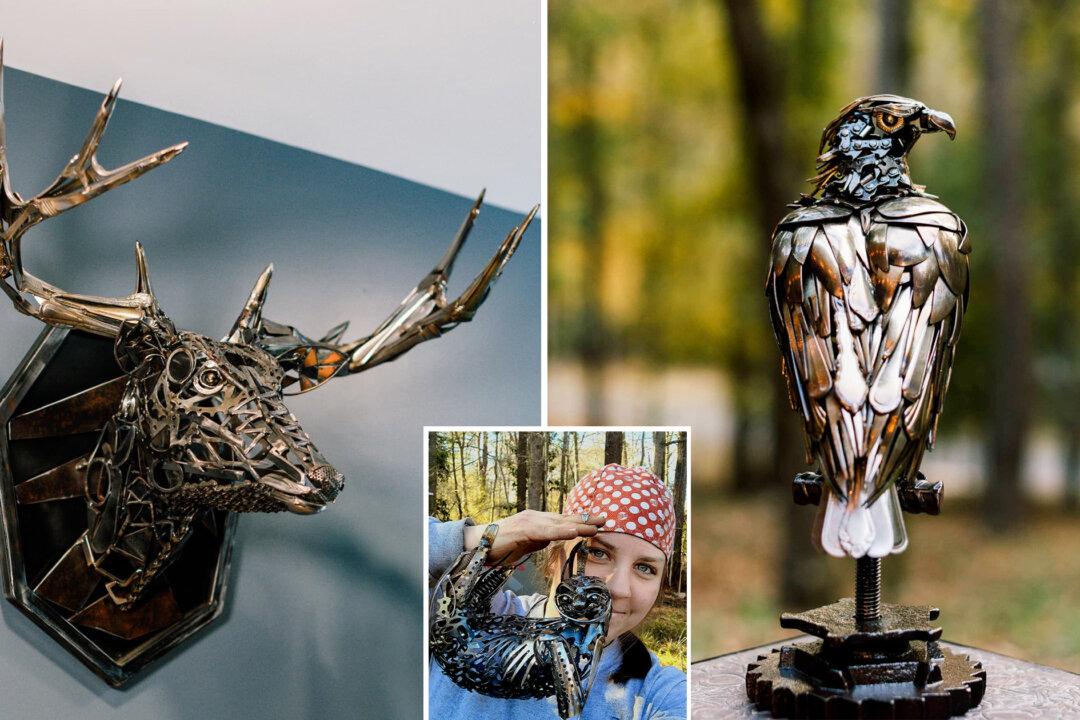Disclaimer: This article was published in 2023. Some information may no longer be current.
A metal artist is turning found, foraged, and donated scrap metal into beautiful, detailed sculptures of animals that prove one man’s trash really is another’s treasure.





